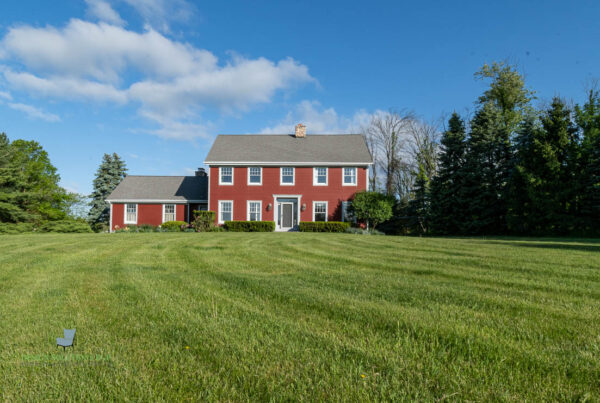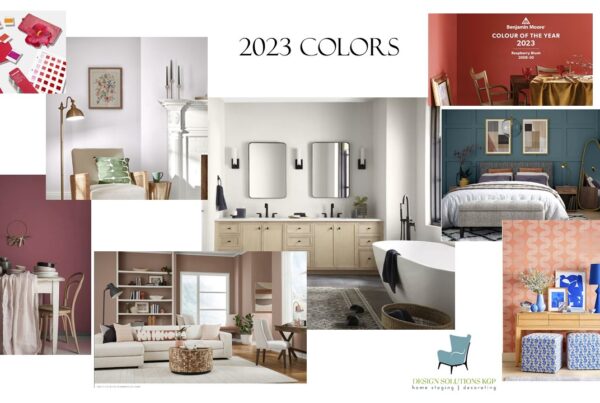
Lighting a room, consider the numbers. What are the correct heights, distances, and wattage for proper light in a room? I know I get this question asked a lot by my design clients so I thought it might help to create a “cheat sheet” for those that are looking for the same type of answers.
Numbers to Light Rooms by:
A dining chandelier is one that everyone asks about; typically the bottom of the light should be between 36” to 48” above the table. The size of the light should be about ½ to ¾ of the width of the table and about a foot less than the width of the table at its widest point. Pay attention when picking out a chandelier and the proportion to the table. A light too small with throw the room off making it look award.
How big of a fixture should you consider? A rule of thumb is to add the length and width of the room in feet, add the two numbers together to give you a total in inches. So if the room is 15’x20’ you would need a fixture that is 35” wide. The total wattage from a chandelier will be between 200 to 400 watts depending on room size. Smaller bulbs combined on the fixture will total similar amount, i.e. four 50 watt bulbs.
If you are considering an overhead fixture in a room such as an entry measure the height of the ceiling and figure 3 inches for every foot. So if your ceiling is 10 feet your fixture would hang 30”. Consider at least 80 to 100 watts of light to help brighten the area. If you are adding wall fixtures such as sconces they should be 1/3 distance from the ceiling or 60” to 64” above the floor.
In the bedroom, some of the above measurements can apply if you are hanging a ceiling mounted fixture but consider a table lamp on the nightstand should have the shade about 20” above the mattress. If you are thinking of a wall mounted bedside lamp make sure it is no further than 3” from the edge of the headboard otherwise it will be difficult to reach. 50 to 60 watts are sufficient but I suggest a three-way bulb so that you can adjust the lighting according to the tasks you are doing. There are LED bulbs that are expensive but save money in the long run or incandescent bulbs.
Bathroom task lighting is necessary and the best is to have wall mounted fixtures flanking the mirror. The bottom edges of the fixture below eye level approximately 60 to 65 inches from the floor and about 36 to 40 inches apart. 60 to 80 watts of light will be sufficient light.
Kitchens have various lighting. Under cabinet, lights are used for a task so the brighter the better. 80 to 100 watts are good but try and connect with a dimmer. The other lights you may have in a kitchen include recess, accent pendant lights, and wall sconces. Keep to similar heights as mentioned above.

Next time you are considering replacing a light fixture or adding light to your room, hopefully, these numbers will guide you to properly light your room!
Other lighting information you might find helpful:





